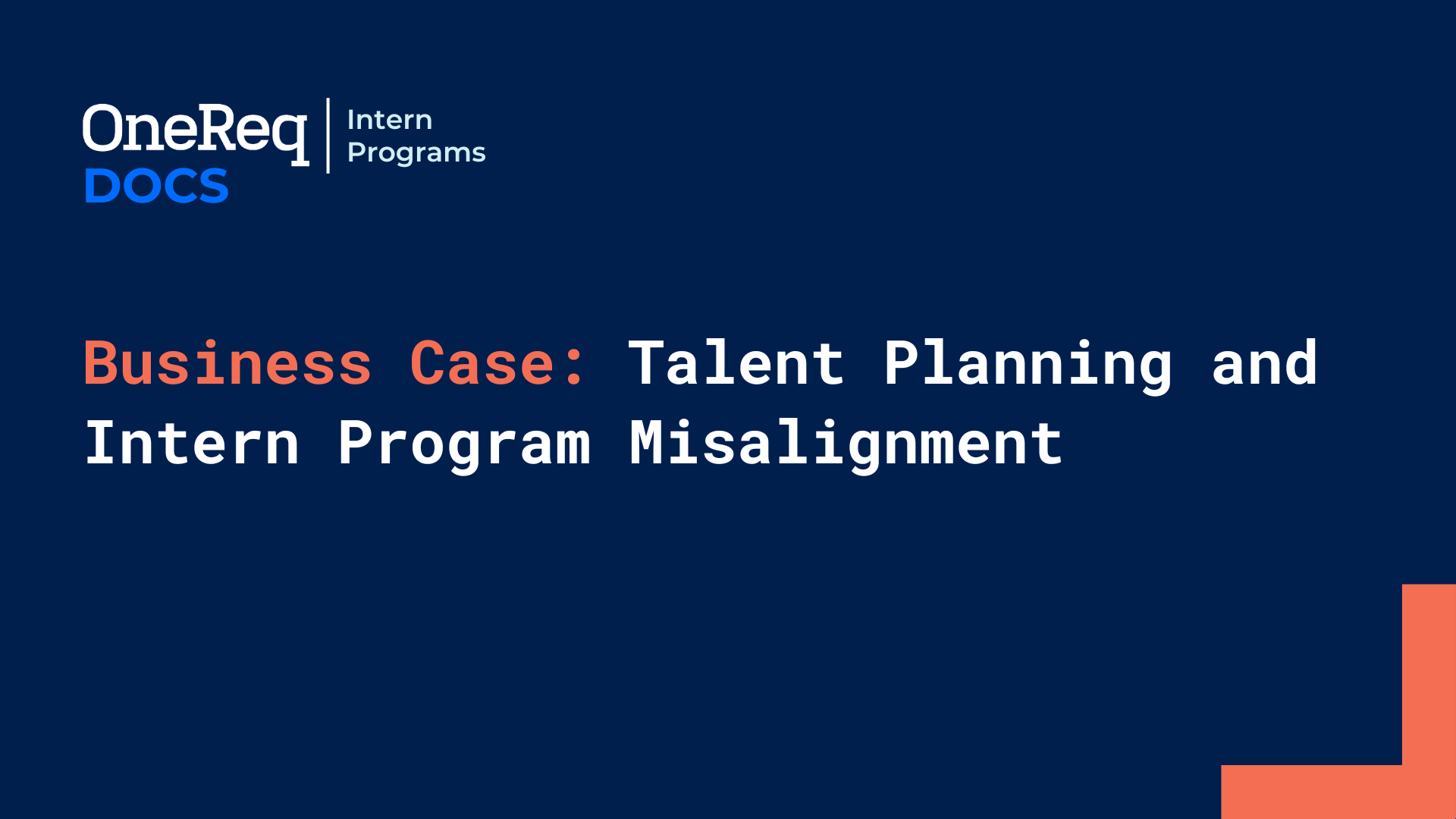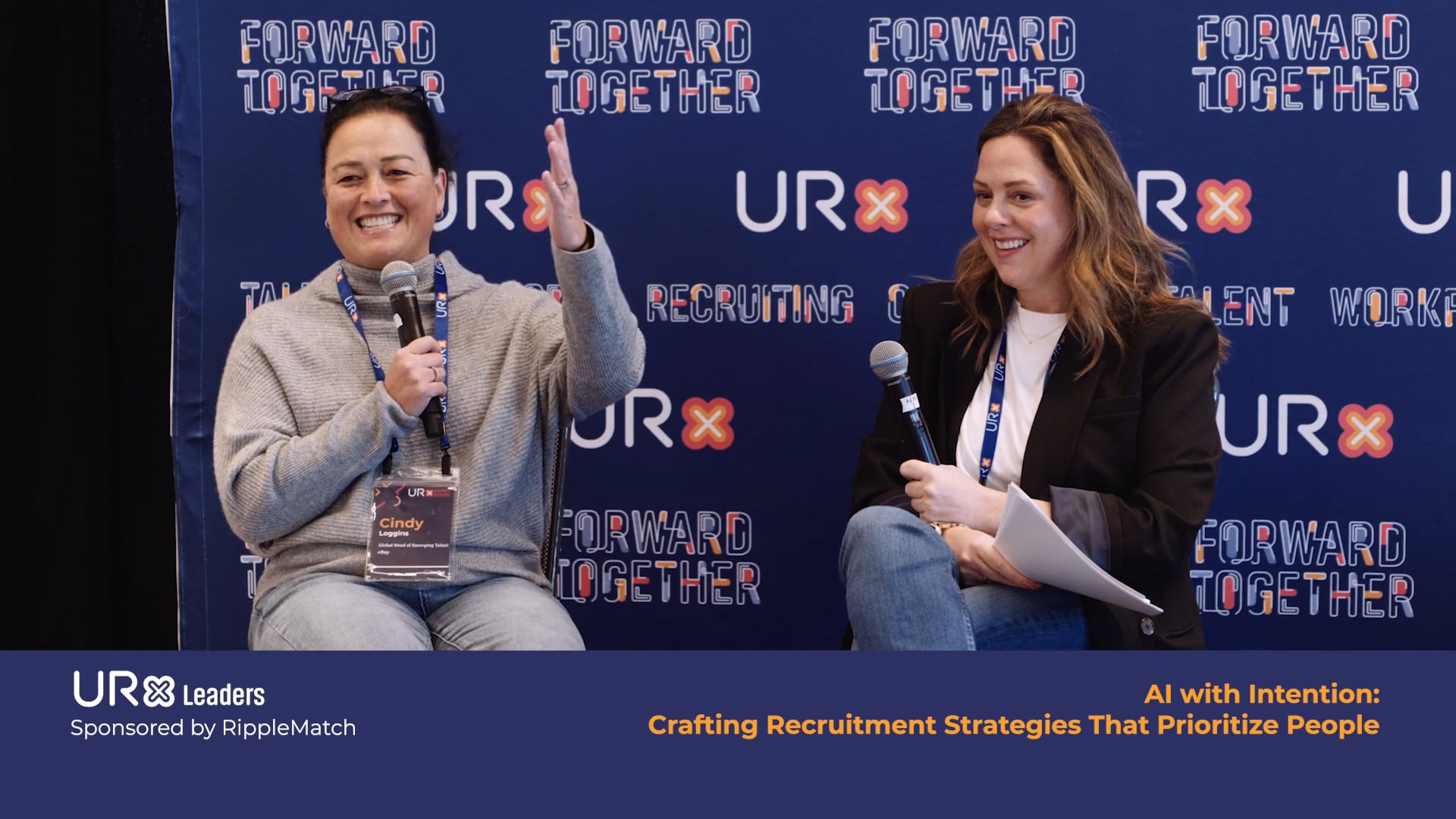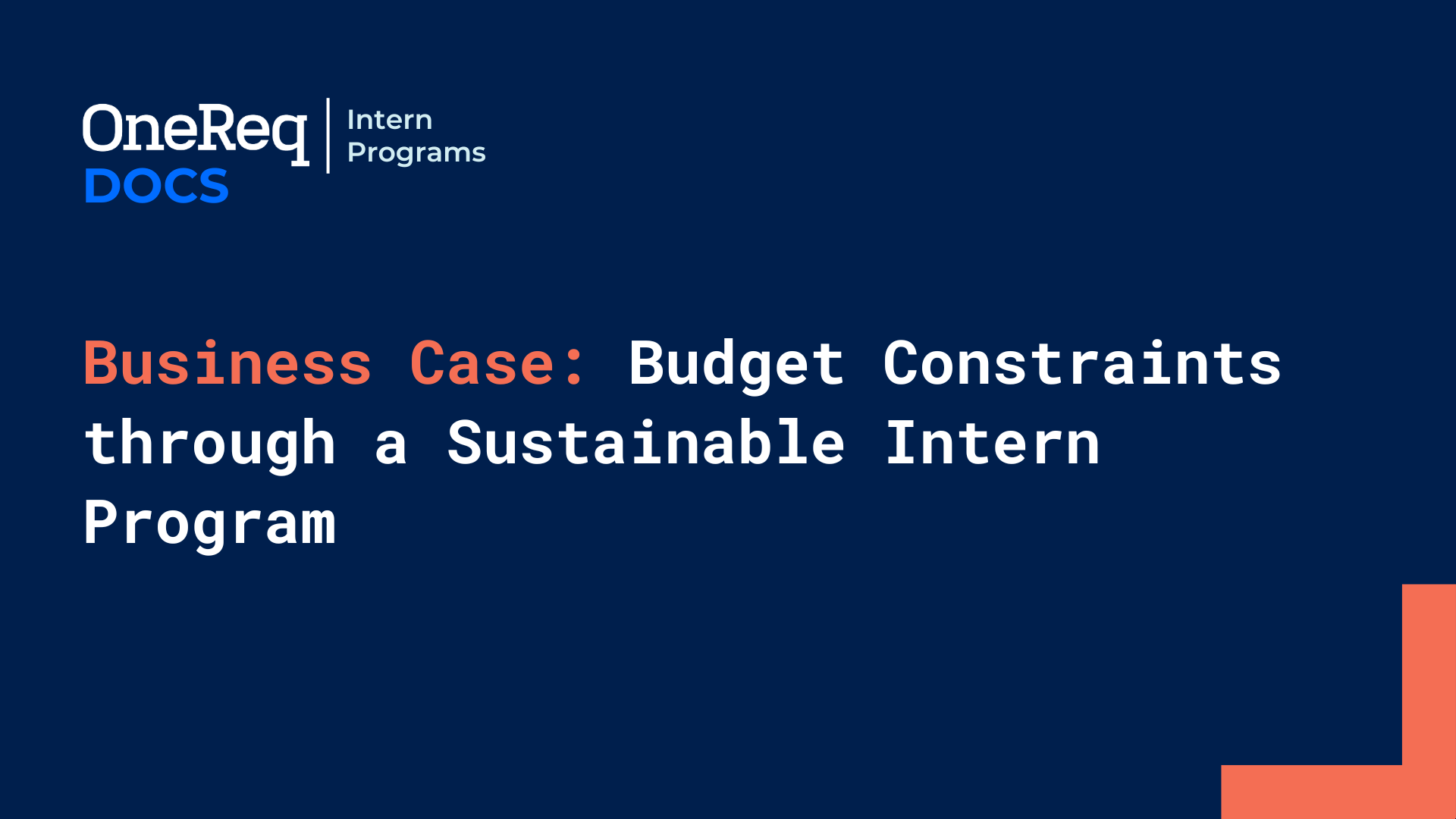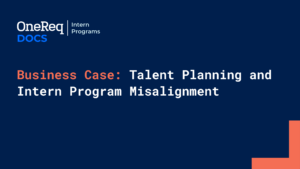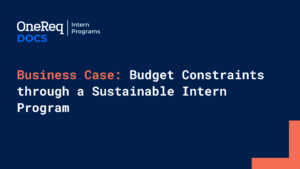Introduction: Overview of the Intern Program and Its Goals
The intern program is designed to identify and nurture emerging talent, offering them hands-on experience while providing the company with an opportunity to assess potential hires. The program’s goal is not only to develop a pipeline of future leaders but also to provide a working interview that benefits both the intern and the organization. Converting interns to full-time employees is a key objective, with the belief that this will create a sustainable talent pool, enhance the company’s brand as an employer of choice, and contribute to the long-term success of the organization.
However, there is a perceived challenge regarding the return on investment (ROI) of converting interns into full-time roles. The concern is that hiring more experienced candidates may yield quicker, more reliable results compared to investing in the intern program, which may not seem as immediately valuable.
Internship Leading to Conversions: The Challenge
The challenge lies in the belief that the long-term benefits of converting interns to full-time roles may not justify the investment, particularly when compared to hiring experienced candidates who can contribute immediately. There is skepticism about whether the investment in developing interns into full-time hires can deliver the same return in terms of organizational impact, productivity, and overall success.
Proposed Solution(s)
- Use Data to Showcase ROI:
- Collect and analyze data on intern conversions, including cost per hire, retention rates, and long-term impact on organizational performance. This will provide concrete evidence of the value of intern conversions versus hiring more experienced candidates.
- Collect and analyze data on intern conversions, including cost per hire, retention rates, and long-term impact on organizational performance. This will provide concrete evidence of the value of intern conversions versus hiring more experienced candidates.
- Highlight the Cost per Hire:
- The cost of converting an intern is generally lower than hiring a new external candidate. By focusing on the efficiency of the intern program, including the reduced cost per hire, you can make the case for the financial benefits of intern conversions.
- The cost of converting an intern is generally lower than hiring a new external candidate. By focusing on the efficiency of the intern program, including the reduced cost per hire, you can make the case for the financial benefits of intern conversions.
- Retention is Longer for Mentors and Mentees:
- Research shows that employees who have participated in mentoring relationships, particularly as mentors to interns, tend to stay longer with the company. Additionally, the intern experience helps build long-term loyalty, both for the interns themselves and the teams they join. By investing in the mentorship and development of interns, you are building a more committed workforce and reducing turnover costs.
- Research shows that employees who have participated in mentoring relationships, particularly as mentors to interns, tend to stay longer with the company. Additionally, the intern experience helps build long-term loyalty, both for the interns themselves and the teams they join. By investing in the mentorship and development of interns, you are building a more committed workforce and reducing turnover costs.
- Pipeline for Promotions:
- Interns often provide a strong pipeline for future promotions. By converting interns to full-time roles, you create an internal talent pool that is already familiar with the company culture and business needs, making it easier to promote from within. This pipeline is critical for reducing external recruitment costs and maintaining a high level of organizational knowledge.
- Interns often provide a strong pipeline for future promotions. By converting interns to full-time roles, you create an internal talent pool that is already familiar with the company culture and business needs, making it easier to promote from within. This pipeline is critical for reducing external recruitment costs and maintaining a high level of organizational knowledge.
- Higher Acceptance Rate for Interns:
- Interns who have gone through the company’s program tend to have a higher offer acceptance rate when compared to external candidates. This is because they are already familiar with the company, its culture, and its expectations, making them more likely to accept full-time offers.
Benefits
- Innovation and Diverse Skill Set:
- Interns bring fresh perspectives, new ideas, and innovative approaches that can help drive change and progress within the company. Their adaptability and willingness to learn contribute to the company’s ability to innovate and stay ahead of competitors.
- Interns bring fresh perspectives, new ideas, and innovative approaches that can help drive change and progress within the company. Their adaptability and willingness to learn contribute to the company’s ability to innovate and stay ahead of competitors.
- Diverse Talent Pool:
- Interns come from diverse backgrounds, including various educational levels and disciplines. This diversity helps to broaden the talent pool and enrich the company’s perspective. By not relying solely on individual hiring managers to bring in talent, the company can increase diversity in both skills and experiences, positively impacting organizational culture.
- Interns come from diverse backgrounds, including various educational levels and disciplines. This diversity helps to broaden the talent pool and enrich the company’s perspective. By not relying solely on individual hiring managers to bring in talent, the company can increase diversity in both skills and experiences, positively impacting organizational culture.
- Impact on Next Generation:
- Investing in the development of interns and converting them to full-time employees creates a ripple effect, positively influencing the next generation of professionals. It positions the company as a champion of early career development, strengthening its reputation in the talent market and attracting top talent in future cycles.
ROI: Success Metrics to Showcase Return on Investment
- Conversion Rate:
- Measure the percentage of interns who convert into full-time employees. This is a direct metric for the success of the intern program and its ROI in terms of generating long-term value.
- Measure the percentage of interns who convert into full-time employees. This is a direct metric for the success of the intern program and its ROI in terms of generating long-term value.
- Retention Rate:
- Track the retention rates of converted interns versus externally hired candidates. This will provide insight into the longevity of interns within the organization and highlight the benefits of internal talent development.
- Track the retention rates of converted interns versus externally hired candidates. This will provide insight into the longevity of interns within the organization and highlight the benefits of internal talent development.
- Survey Results of Participating Teams:
- Gather feedback from teams that have worked with interns. This feedback can provide valuable insight into the quality of work produced by interns and the overall impact of the program on team productivity and morale.
- Gather feedback from teams that have worked with interns. This feedback can provide valuable insight into the quality of work produced by interns and the overall impact of the program on team productivity and morale.
- Brand Recognition:
- Monitor the company’s brand recognition as an employer of choice, especially on college campuses. Track the number of applications, social media engagement, and employer ranking to assess how the intern program contributes to the company’s reputation in the market.
Call to Action: Clear, Actionable Next Steps
- Evaluate Team Levels and Plan Associate Hires:
- Assess the current and future needs of teams to determine the potential for intern conversions and how they fit into the broader hiring strategy. Plan for associate hires that complement the intern pipeline and align with workforce goals.
- Assess the current and future needs of teams to determine the potential for intern conversions and how they fit into the broader hiring strategy. Plan for associate hires that complement the intern pipeline and align with workforce goals.
- Host Intern Prior to Full-time Offer:
- Engage with interns earlier in the process by offering career development sessions or project-based opportunities. This will help to build a stronger connection between the intern and the company, improving the chances of a successful conversion.
- Engage with interns earlier in the process by offering career development sessions or project-based opportunities. This will help to build a stronger connection between the intern and the company, improving the chances of a successful conversion.
- Pass This Information to Appropriate Leaders:
- Share the insights and data collected with key stakeholders, including hiring managers and HR leadership, to ensure alignment on the value of the intern program and its contribution to the overall workforce strategy.
- Share the insights and data collected with key stakeholders, including hiring managers and HR leadership, to ensure alignment on the value of the intern program and its contribution to the overall workforce strategy.
- Identify Mentorship Roles:
- Ensure that each intern is paired with a mentor who can provide guidance, feedback, and support throughout their internship. Mentorship plays a key role in the success of the intern program and helps to build stronger relationships within teams.
- Ensure that each intern is paired with a mentor who can provide guidance, feedback, and support throughout their internship. Mentorship plays a key role in the success of the intern program and helps to build stronger relationships within teams.
- Attend Prep Sessions to Have Resources Available:
- Ensure that HR and hiring managers are well-prepared for the internship program by attending preparation sessions. This will ensure they have the resources needed to manage the intern experience effectively and set the interns up for success.
By following these next steps and focusing on the long-term benefits, the company can demonstrate the ROI of the intern program, ensuring that the investment in converting interns yields measurable results and contributes to organizational growth and success.


